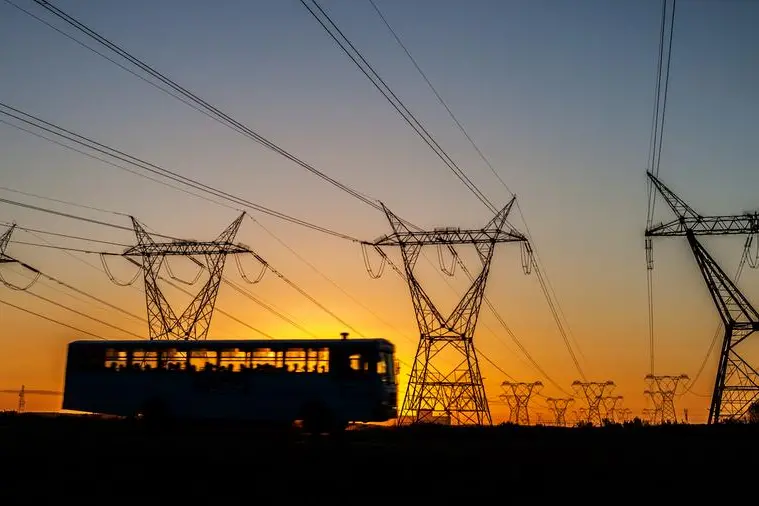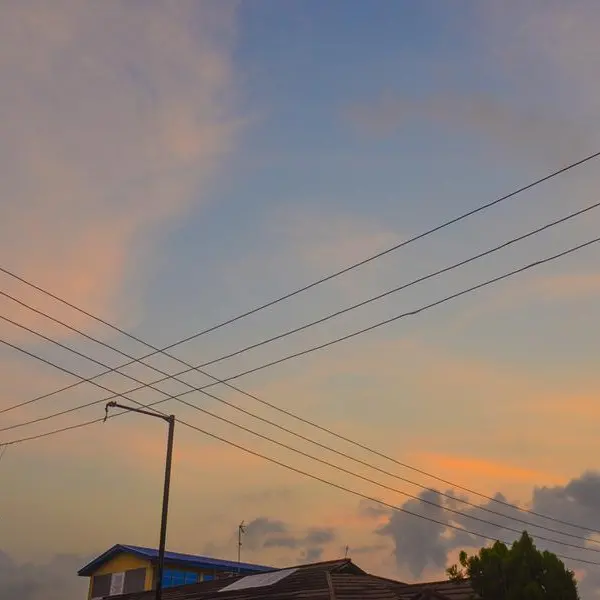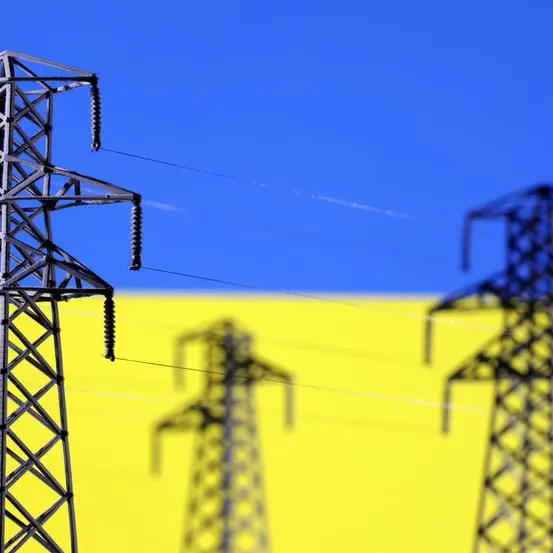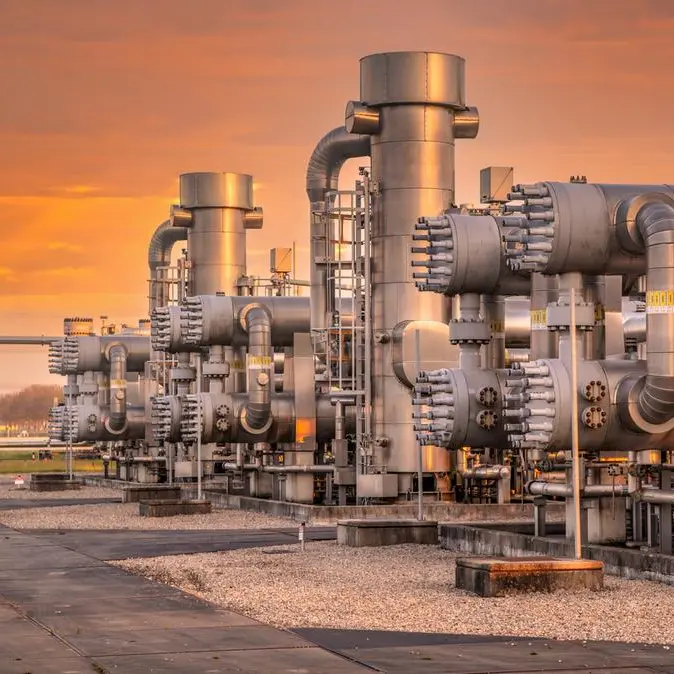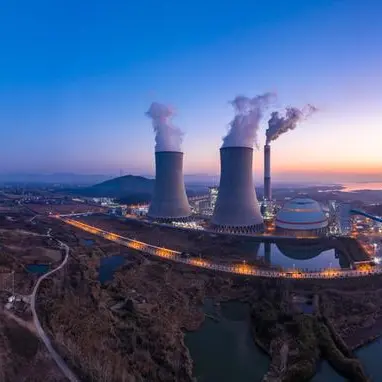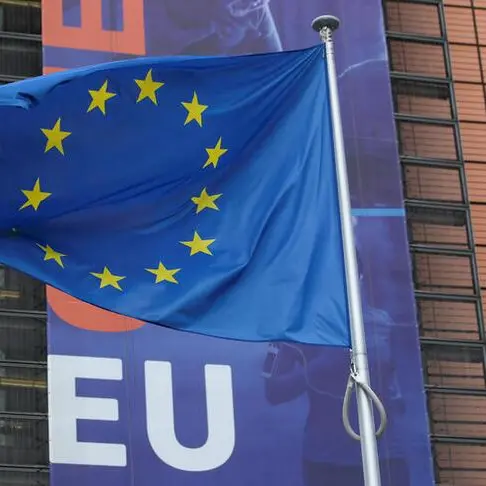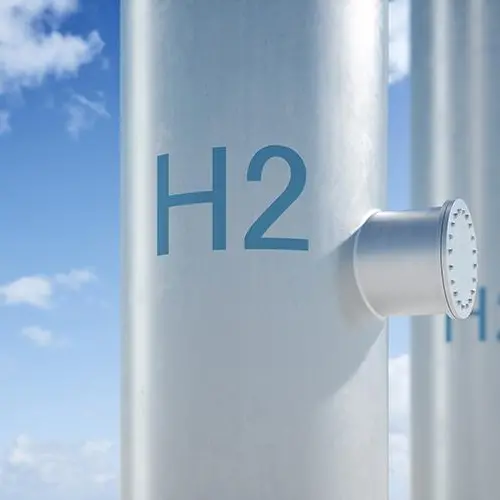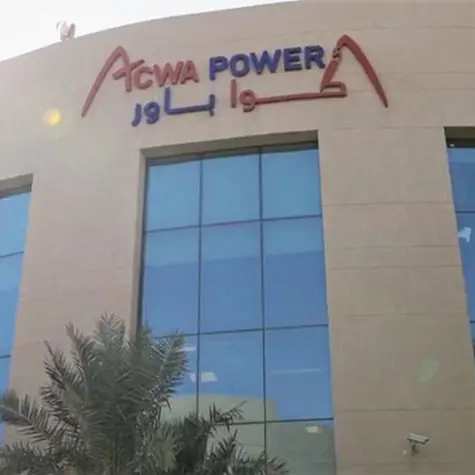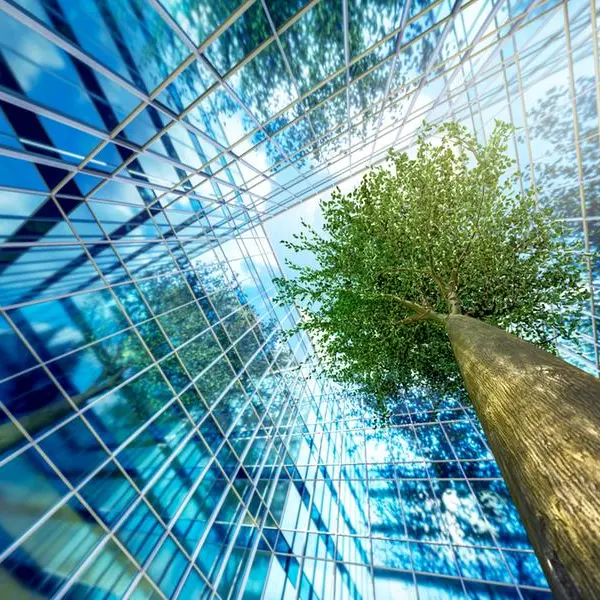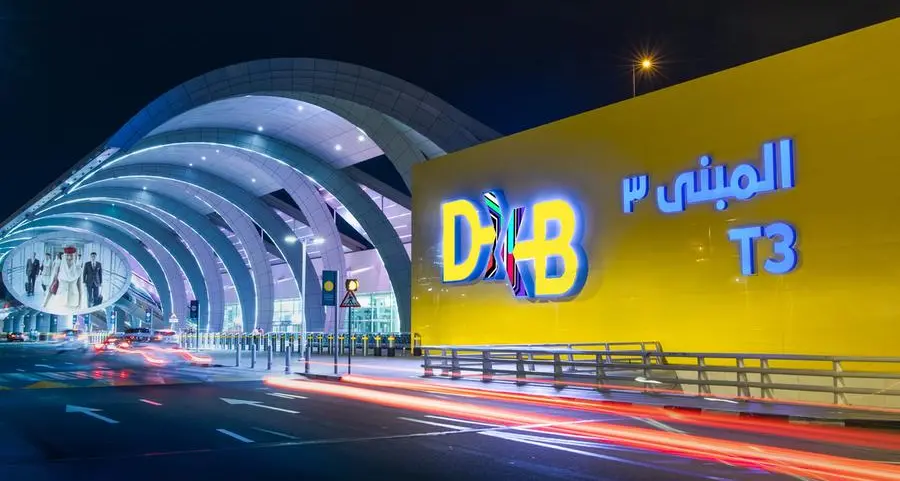PHOTO
South Africa is often described as a land of paradox. It is one of the wealthiest in Africa but also hosts some of the world’s poorest people. Recently, the World Bank branded it the world’s most unequal country, with more than 85 percent of the country’s wealth shared among only 10 percent of the population.
There is yet another paradox. South Africa is the second largest electricity producer in the continent, generating 58,095 megawatts, according to its Ministry of Mineral Resources and Energy. Yet, most of the country wallows in endless blackouts and, in the last few weeks, has been hit by the worst outages in a decade. Egypt generates 59,063 megawatts.
The epileptic power supply has sparked protests from angry citizens, especially in townships in the commercial capital of Johannesburg.
Only 60 percent of power is available at any given time for distribution. Utility firm Eskom’s coal-powered stations have an average lifespan of 35 years. The ageing plants cannot keep up with the growing need for energy. Several of the stations are undergoing maintenance plugging entire cities into darkness.
The newly-constructed power stations, Medupi in Limpopo Province and Kusile in Mpumalanga, do not help the situation as they grapple with design flaws.
Public angerTheft, fraud, sabotage at power plants, and mismanagement of Eskom have also been cited as having worsened the supply of power.
Anger continues to swell in a country struggling with other ills like high unemployment and rising prices of essential commodities.
Some blame Eskom, while others point fingers at the government for failing to address the electricity situation.
There are fears that the escalating protests could turn violent, making the country ungovernable. This prompted President Cyril Ramaphosa to address the nation on the energy crisis on Monday.
He admitted that the “severe load shedding has disrupted all of our lives and caused immense damage to our economy.”The President acknowledged the people are “justifiably frustrated and angry” and “fed up.”Power producersHe went on to outline a raft of interventions to respond to the power crisis. Topping the measures is opening up the space for private power producers. The government has scrapped licence requirements for power generation projects of up to 100MW that connect to the national grid.
Local municipalities are also now free to procure electricity from independent power producers.
Eskom also plans to procure power from the existing independent power producers and could tap Zambia and Botswana through the Southern African Power Pool arrangement.
There has also been a push for renewable energy projects with initiatives to unlock 1,800MW in new generation capacity.
The President also urged businesses and households to invest in rooftop solar energy and sell the excess to Eskom.
Eskom challengesBut Eskom’s debt of more than R400 billion ($24 billion) poses a significant threat to the procurement plans. The National Treasury is, however, said to be finalising “sustainable solutions” to manage the debt. The government will also increase budget allocation to Eskom for maintenance and to repurpose the dying power stations.
However, the allocation was not disclosed, but a timeframe of “over the next 12 months” to improve the performance of the failing power plants was set.
A shortage of skilled personnel and engineers has also been identified as another setback at Eskom. The utility now plans to raid the private sector for critical skills in order to increase efficiency.“There can be no longer any excuses,” assured Mr Ramaphosa after reading the energy plan, which has been met with mixed reactions.“This represents the most fundamental reforms of South Africa’s energy sector in 20 years,” said Roger Baxter, CEO of the Minerals Council South Africa.”“Overall, we rate this plan as very good for its boldness and for recognising that the private sector, along with fixing the reliability of Eskom, is the solution to energy security in the future.
But others see some of the measures as exorbitant with little returns.“The proposal to install 5000MW of battery storage is an expensive and futile exercise which in actual effect constitutes fruitless and wasteful expenditure,” said Tshepo Kgadima, an energy analyst.
Due to the war in Ukraine, there has been a shortage of batteries that are key in storing solar energy absorbed through rooftop panels.
Also, a significant number of the population in South Africa cannot afford rooftop solar panels, while some municipality by-laws are a discouragement.
© Copyright 2022 Nation Media Group. All Rights Reserved. Provided by SyndiGate Media Inc. (Syndigate.info).
